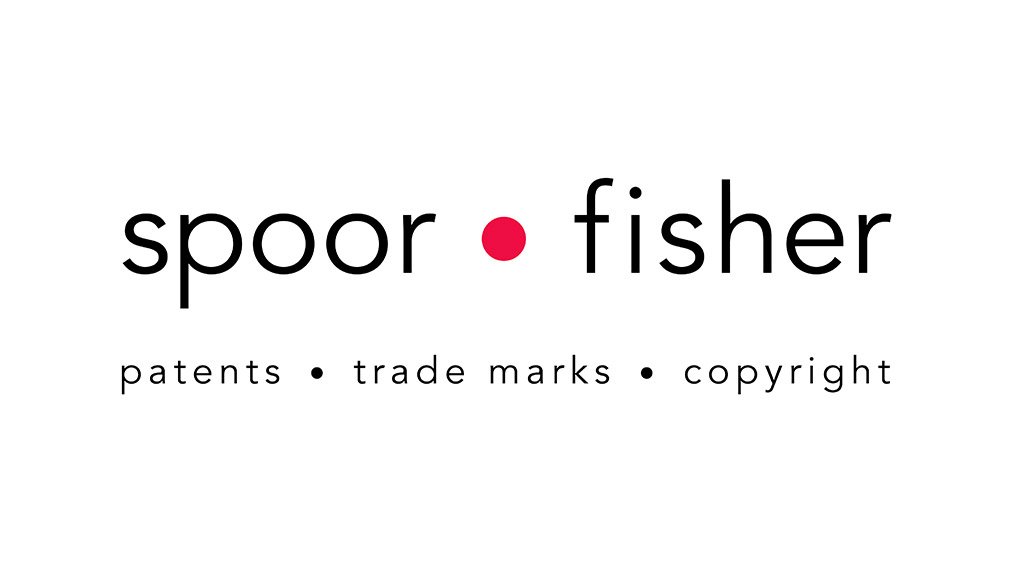The Financial Surveillance Department of the South African Reserve Bank (SARB) in a recent circular has confirmed that local unlisted technology, media, telecommunications, exploration and other research and development companies can establish companies offshore in order to obtain foreign investment without prior Reserve Bank approval.
The circular amends the Currency and Exchanges Manual for Authorised Dealers (A.D. Manual). Previously, the A.D. Manual required companies to apply for approval from the SARB to list offshore to raise loans and capital.
According to Brendon Ambrose, Associate, Commercial IP, Spoor & Fisher, it is now possible for a South African company to create a so-called “loop structure” in order to raise capital overseas.
“A loop structure is one whereby a South African resident will form an offshore company which will in turn reinvest into South Africa by acquiring shares or some other interest in a South African company or asset. Up until recently this sort of structure contravened regulation 10(1)(c) of the Exchange Control Regulations, 1961.”
Establishing such an offshore company, however, is subject to four conditions, namely these companies have to register with the Financial Surveillance Departments; the offshore company must be a tax resident in South Africa; full details of the percentage shareholding in the offshore company (including the group structure) must be provided; and an annual report must be submitted to the Financial Surveillance Departments on the operations, including details of funds raised offshore.
“This subsection, while providing that South African companies may now establish an offshore company to raise funding, places a high burden of disclosure on the offshore company,” adds Ambrose.
Disclosure of the details of the group structure and the requirement to submit an annual report creates an administrative burden on South African companies. These administrative requirements are certainly not deal breakers but must be borne in mind when considering a loop structure as a capital raising mechanism.
The second new section completes the loop, as it allows the foreign company to, in turn, hold investments and or make loans in to South Africa. The allowance of loop structure is important for South African start-ups looking to raise capital from foreign investors. A loop structure makes the remittance of the capital back to the South African company substantially simpler
The investor, in order to mitigate its risks, may only be willing to invest funds in a company registered in the investor’s own country.
The South African company can set up an offshore company (first half of the loop) where the foreign investors will purchase equity. This offshore company will, in turn, purchase shares in the South African company (second half of the loop). The key here is the control; the foreign investors are happy as they now have equity in the South African company allowing them to exercise some level of control over the South African companies’ IP.
Previously, there was no way for the foreign investors to gain this control by equity unless they were willing to purchase shares in the South African company directly.
“This is a huge step forward in opening up South Africa to foreign investment and such loop structures should be considered quite seriously by South African tech, fintech, telecom and R&D start-ups,” says Ambrose in conclusion.
EMAIL THIS ARTICLE SAVE THIS ARTICLE ARTICLE ENQUIRY
To subscribe email subscriptions@creamermedia.co.za or click here
To advertise email advertising@creamermedia.co.za or click here











